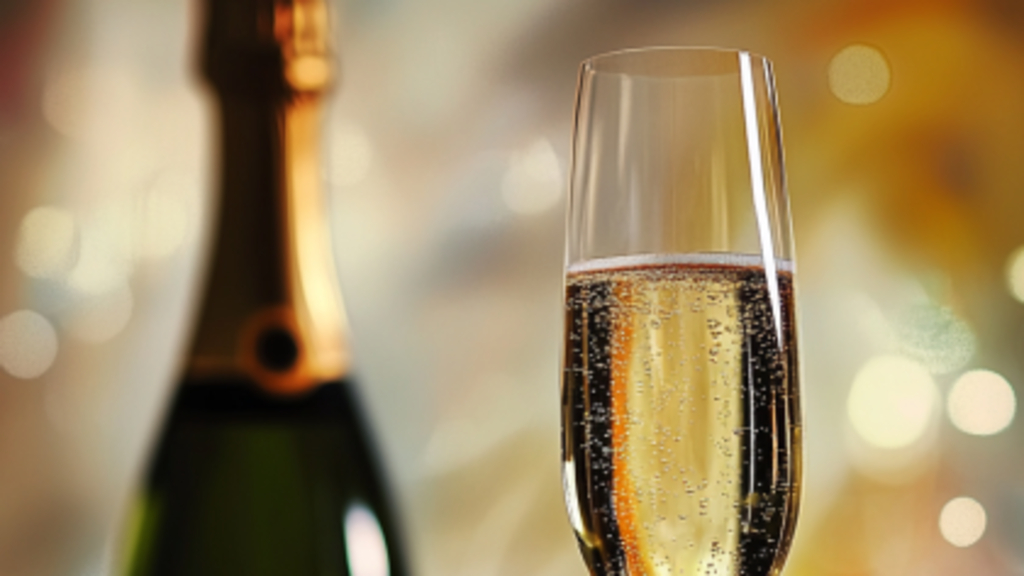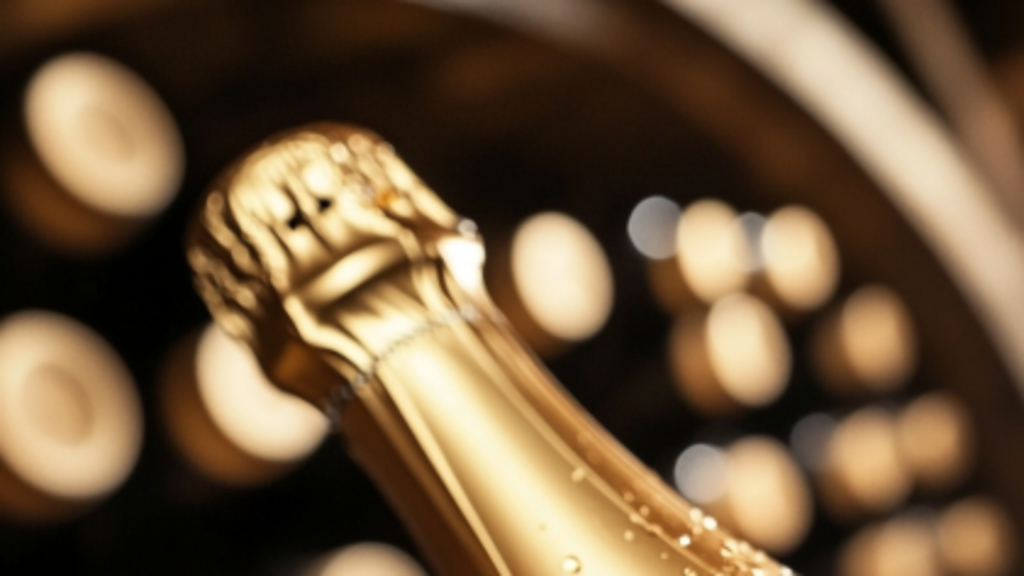What does Extra Brut mean?
Dosage in Sparkling Wine: A Key Element

Dosage is a key step in sparkling wine production, significantly influencing its taste and personality. It refers to the addition of a mixture of sugar and wine, known as the liqueur d’expédition, after the second fermentation. This step balances the base wine’s acidity and determines the final sweetness level of the sparkling wine.
The different dosage categories are regulated in the EU, offering a broad range of flavor profiles from very dry to sweet. These classifications must be indicated on the label. Here’s a detailed overview:
Dosage Categories in Detail
Brut Nature
- Residual Sugar: 0–3 g/l
- Especially pure and dry, this style is often preferred by fans of mineral and acid-driven sparkling wines. It highlights the natural aromas of the base wine. Synonyms include Zéro Dosage, Pas Dosé and Brut Zero.
Extra Brut
- Residual Sugar: 0–6 g/l
- A very dry style that allows for subtle roundness in taste, perfect for those seeking balance without sacrificing dryness.
Brut
- Residual Sugar: 0–12 g/l
- The most popular category worldwide. Brut offers pleasant dryness with a hint of sweetness that harmonizes flavors without overwhelming them. It pairs well with a wide variety of foods.
Brut Saten
- Residual Sugar: 0–12 g/l
- Brut Saten is a specialty, particularly from the Franciacorta region in Italy. This style is characterized by especially elegant sparkling wines with a fine, creamy mousse. It is made exclusively from white grape varieties (e.g., Chardonnay or Pinot Bianco) and stands out for its delicate, velvety texture and harmonious balance between freshness and richness.
Extra Dry
- Residual Sugar: 12–17 g/l
- Slightly sweeter than Brut, despite the name suggesting otherwise. Known for its fresh and light fruity notes.
Dry
- Residual Sugar: 17–32 g/l
- Noticeably sweeter but still balanced. This style emphasizes fruit flavors and pairs well with mild dishes or cheese plates.
Semi-Dry
- Residual Sugar: 32–50 g/l
- A distinctly sweet option, ideal for desserts or enjoyed on its own. Particularly appealing to newcomers who appreciate softer sweetness.
Doux (Sweet)
- Residual Sugar: Over 50 g/l
- The sweetest category, now rare but luxurious for special occasions. Perfect with desserts, fruit, or pralines.
An interesting aspect of dosage categorization is that wine producers occasionally change the label – for example, from Brut to Extra Brut – without significantly adjusting the "liqueur d’expédition".
This is often done for strategic reasons, such as responding to trends or marketing considerations to increase sales.
Key Considerations When Choosing a Dosage
- Taste and Occasion: Dry categories like Brut Nature and Extra Brut are ideal for elegant, light meals or as aperitifs. Sweeter styles like Demi-Sec pair perfectly with desserts.
- Regional Differences: Producers often choose a dosage based on tradition. For example, Champagne producers tend to favor lower dosages to emphasize the complexity of the base wine.
Dosage is more than a technical step – it’s the fine art that gives sparkling wines their unique personality. Whether crisp and dry or opulent and sweet, it shapes the wine’s distinct character.
Cheers! 🍷

